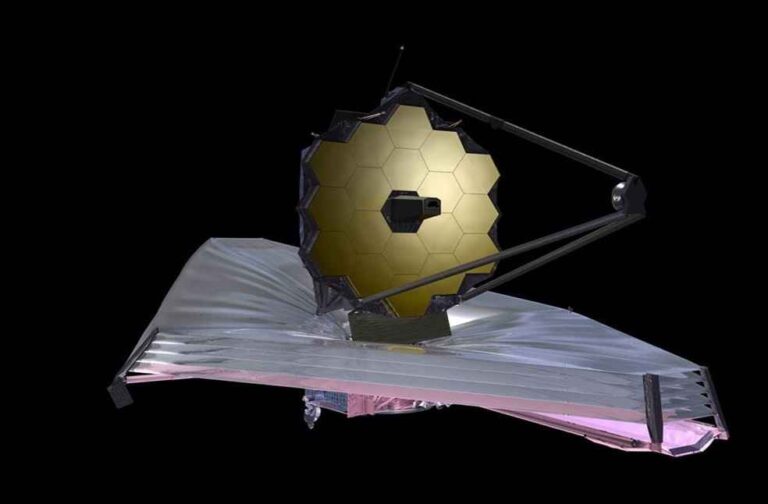United States: The James Webb Space Telescope (JWST) has found water vapour as well as methane and carbon dioxide chemical signatures in an exoplanet about twice the size of Earth and about 70 light-years away.
Scientists at the University of Cambridge believe that this chemical mix is consistent with a water world and a hydrogen-rich atmosphere covering the entire ocean’s surface. However, they do not envision a bammy, inviting ocean. Professor Nikku Madhusudhan, who led the analysis commented that, “The ocean could be upwards of 100 degrees Celsius or more. At high atmospheric pressure, an ocean this hot could still be liquid, but it’s not clear if it would be habitable.”
This explanation is supported by a paper issued in the journal Astronomy and Astrophysics Letters. But this was refuted by a Canadian team who took a closer look at the same exoplanet, known as TOI-270 d. They found the exact atmospheric chemistry but determined that the planet would be too hot for liquid water, perhaps 4,000 Celsius, and would rather have a rocky surface with an extremely viscous atmosphere of hydrogen and water vapour.

These latest observations confirm James Webb’s amazing insights into planets beyond the solar system. Astronomers use telescopes to obtain a detailed study of the chemical elements in starlight filtered through a planet’s atmosphere. As a result, astronomers can get a picture of a planet’s surface and whether or not life exists there.
The absence of ammonia in TOI-270 d’s ocean is consistent with the presence of hydrogen in its atmosphere. Basic chemistry predicts that hydrogen will occur naturally in an atmosphere rich in hydrogen. However, ammonia is very soluble in water, so if there were an ocean below, the atmosphere would be depleted.
“One interpretation is that this is a so-called hycean world – with a water ocean under a hydrogen-rich atmosphere. The ocean would be extremely hot on the dayside. The night side could potentially host habitable conditions,” Madhusudhan said.
There would be a lot of differences between the conditions on Earth and those in space. An extreme temperature contrast is created by TOI-270 d’s tidally locked polarity, resulting in one side facing its star forever and the other bathed in eternal darkness.

There would be an atmosphere of crushing pressure tens or hundreds of times greater than on Earth, as well as steam rising from the ocean. Under the water, there will likely be a high-pressure ice seabed and a rocky core, with depths of up to hundreds of kilometres.
Dr. Jo Barstow, an astronomer at the Open University who was not involved in the latest work, remarked that, “Spectra of these small planets with JWST are really exciting because these are brand new environments for which we have no solar system equivalent.”
Dr. Barstow stated that additional observations to define the quantity of water vapour in the atmosphere could help explain the probability of an ocean. “It’s really fascinating and really nice that two teams have looked at the same dataset and come up with the same chemical makeup,” the astronomer added.



